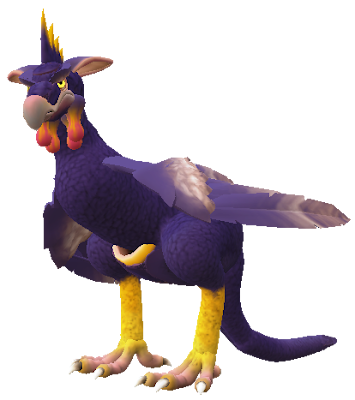No. Enc.: 0 (3d8)
Alignment: Neutral
Movement: 255' (85')
Armor Class: 5
Hit Dice: 3
Attacks: 1 (kick or gore)
Damage: 1d4 or 3d4
Save: L2
Morale: 7
Hoard Class: None
XP: 110
Iryxes are majestic herd animals that migrate across the plains and savannahs of the Mutant Future. They each possess 6 eyes (granting 360-degree vision, and ensuring they are never Surprised), and the adults sport 3 impressive horns.
For any group of iryxes, there are 4 females and/or young for every 1 male. Adult males have 1d6 more Hit Points than normal, and the young have half the standard amount.
When threatened, the males Teleport about the battlefield to not only distract predators from the fleeing females and young, but to also attempt Backstab maneuvers. By suddenly teleporting directly behind a foe, a Backstabbing iryx gets +4 To Hit and multiplies its damage by 2.
Movement: 255' (85')
Armor Class: 5
Hit Dice: 3
Attacks: 1 (kick or gore)
Damage: 1d4 or 3d4
Save: L2
Morale: 7
Hoard Class: None
XP: 110
Iryxes are majestic herd animals that migrate across the plains and savannahs of the Mutant Future. They each possess 6 eyes (granting 360-degree vision, and ensuring they are never Surprised), and the adults sport 3 impressive horns.
For any group of iryxes, there are 4 females and/or young for every 1 male. Adult males have 1d6 more Hit Points than normal, and the young have half the standard amount.
When threatened, the males Teleport about the battlefield to not only distract predators from the fleeing females and young, but to also attempt Backstab maneuvers. By suddenly teleporting directly behind a foe, a Backstabbing iryx gets +4 To Hit and multiplies its damage by 2.
Mutations: Increased Sense (Vision), Teleport, Unique Sense (360-Degree Vision)


































